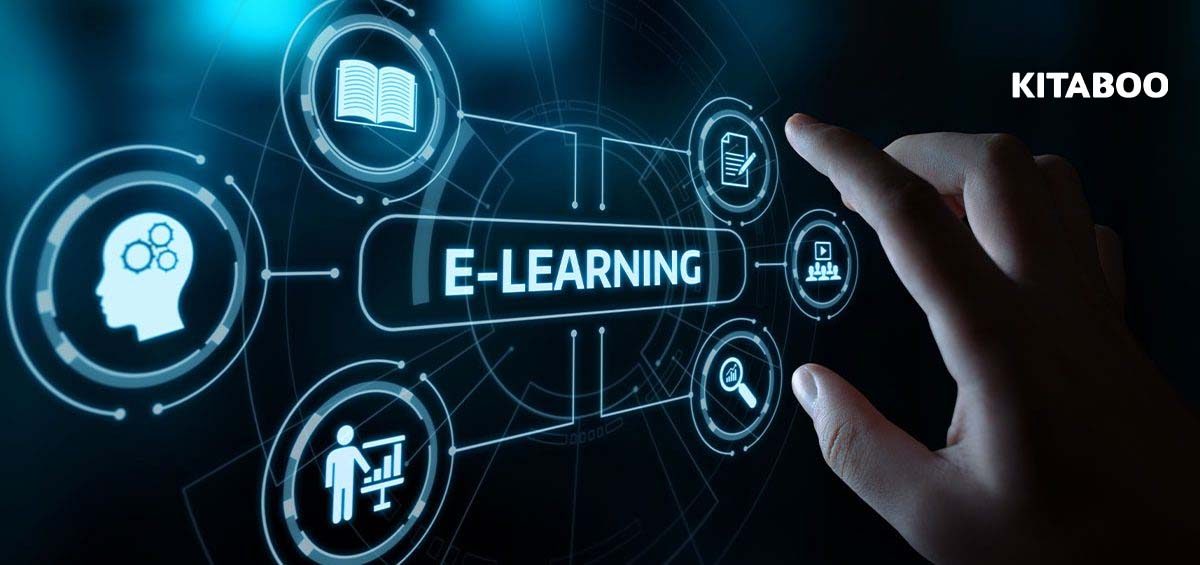eLearning gamification in the context of the K12 system has become an increasingly popular concept in recent years. This technique of using games is applied in eLearning to improve the participation levels and overall performance of learners.
Put simply, gamification works on the principle of applying various game mechanics and designs on interactive lesson platforms with the end objective of offering a more engaging, fun, and motivating learning experience.
To this end, this blog aims to explore more about eLearning gamification in K12 education and how this futuristic approach can help institutions foster an experiential learning experience for their students.
Table of Contents
How Is Gamification Used in K12 Classrooms?
As mentioned above, gamification uses various game design elements to motivate students and enhance their attention to lessons and classroom tasks.
It is also considered a pedagogical approach that is rapidly growing in popularity, especially in the curriculum design of K12 educational content.
Students completing various assignments, activities, and quizzes to earn points and achieve a certain score or grade is an example of a gamified learning experience.
The key idea of using these game-like elements in non-game contexts is to encourage student participation and engagement with the content.
Implementing Gamification into eLearning
Anything can be made into a game. And in eLearning, there are a number of ways to do this. This section explores some methods of implementing gamification into the K12 curriculum.
1. Build Levels and Rewards
Creating levels and rewards for students after the completion of each task or lesson can ensure continuous participation and a high level of learner engagement as well.
For instance, points can be awarded for various tasks and on receiving a certain number of points, the students can move to the next level. Not only does this create excitement over scoring points, it also helps the faculty grade the student effectively.
2. Add Challenges
Another good example of educational eLearning gamification is adding a competitive element to the content or online classroom. This will keep your students motivated to do better.
These challenges or barriers can either be creative, academic, behavioral, or logistical. The idea is to use encouragement mechanics in learning by applying playful obstacles or difficulties.
3. Create a Quest
To keep your students interested in learning, you can turn lessons into a quest with several digital checkpoints along the way.
For instance, students might pick between fiction and non-fiction reading, which then gets divided into different genres and subgenres, followed by inviting students to choose their own adventure based on their unique interests.
4. Leaderboard
Adding a leaderboard is an excellent way to highlight individual student performances or weekly class performances with various prizes or bonus points. You can also give learning badges that students can earn throughout the year.
However, while using this method, be sure not to do anything that would discourage a learner who’s at the bottom of the leaderboard.
Other Gamification Techniques That Can Be Included in K12 Education
1. Backward Grading
Similar to a video game, backward or additive grading is an approach that starts every student without any points or grades and encourages them to earn their way up to 100%.
In contrast, traditional grading starts students at 100% and then subtracts their score on each assignment. This method essentially penalizes them for not maintaining the 100%.
With backward grading, students are encouraged to try different ways to complete the task. Usually, they are not allowed to move onto the next task until the current one has been completed.
Backward grading helps create a more positive learning environment and ensures that students have thoroughly understood each concept.
2. Tailored Performance Reviews
In this technique, a students’ performance can be broken down into finer details using data analytics. This gives different data types, achievements, and multiple ways to reflect and highlight their performance in comparison with their peers.
For instance, one game can offer data on what and how specific objectives were met and assign a badge to the student based on that aspect of their performance, followed by tracking all the smaller details around that performance.
3. Skill Trees
Skill trees are used to help students visualize what they are learning and why. They break down the curriculum into various skill sets required and the tasks one must be able to complete in order to have achieved the said skills.
This method of tracking progress, helps students understand the relevance of what they are learning and how it impacts other aspects of their studies, keeping them motivated.
What Makes Gamification Effective in K12 Learning?
Gamification in K12 education has been implemented primarily because of the belief that students in any setup learn best when they enjoy what they are learning and have fun with their subject-matter.
Having said that, gamified learning in K12 education is also considered effective because of the following reasons:
- It helps students recognize their intrinsic motivation for learning.
- Various gaming mechanics allow students to challenge and motivate each other.
- Gamification techniques make students more proactive, interested, and open to learning from their own mistakes.
- It helps them apply their creative and problem-solving skills.
- It lets learners challenge and motivate each other and improves their concentration.
Apart from these, gamification as a technique empowers students because it gives them more of their individual learning journeys.
Also Read: 6 Ways in Which Technology Improves the K12 Education Sector
To Conclude
The rapid rise in digital avenues over the last few years has further increased the use of technological tools to aid gamification in the classroom.
Gamifying a classroom thoughtfully can bring significant benefits for both educators and students. Using its innovative methods, educators can better understand a students’ progress over time. Learners too seem to enjoy studying with gamification.
However, in order to implement gamification, the content being taught needs to be interactive. That’s where a digital publishing platform such as KITABOO steps in.
Contact our expert team now and get started!
To know more about how we can help you create an experiential learning experience for K12 students, write to us at KITABOO@hurix.com.
Suggested Reads:
- How to Use Digital Textbooks or ebooks in Classroom Everyday
- Best EPUB Maker to Edit and Publish Interactive eBooks
- Top Trends That Every Higher Education Textbook Publisher Must Know
- Online vs. Offline Assessments: Understanding Different Types & Methods
- Will e-books Replace Physical Textbooks Soon?
- Best eBook Hosting Platforms for Digital Publishing
- Best eBook Creation Softwares
- What is eBook DRM and Why Do Publishers Need it?
- Importance of eBooks in Online Education
Discover How An Ebook Conversion, Publishing & Distribution Platform Can Help You
Kitaboo is a cloud-based content platform to create-publish & securely distribute interactive mobile-ready ebooks.
You May Also Like
-
Explore the Ultimate eBook Store: Find Your Next Read!
Blog,Digital Publishing,eBook solution / February 26, 2024








